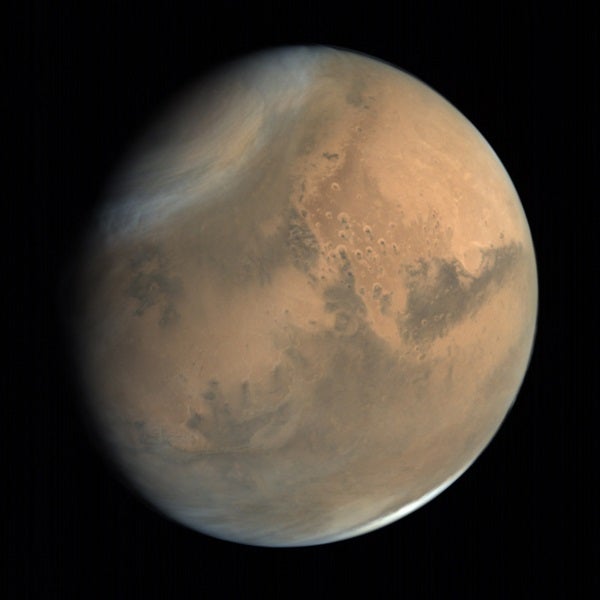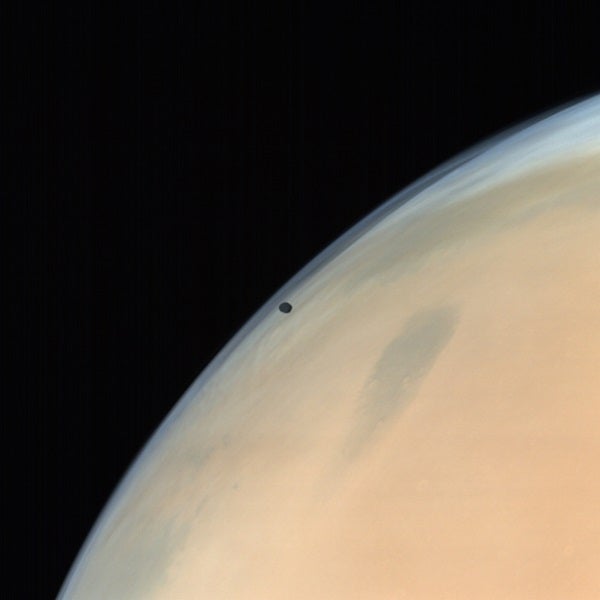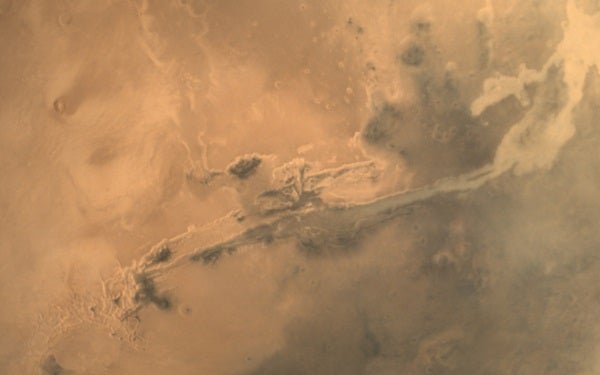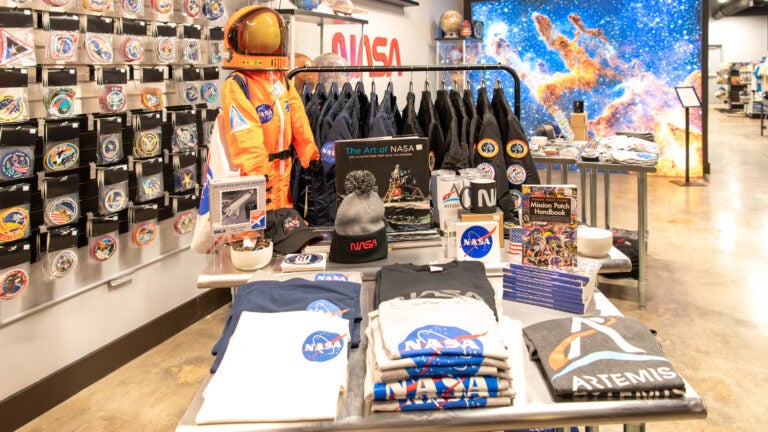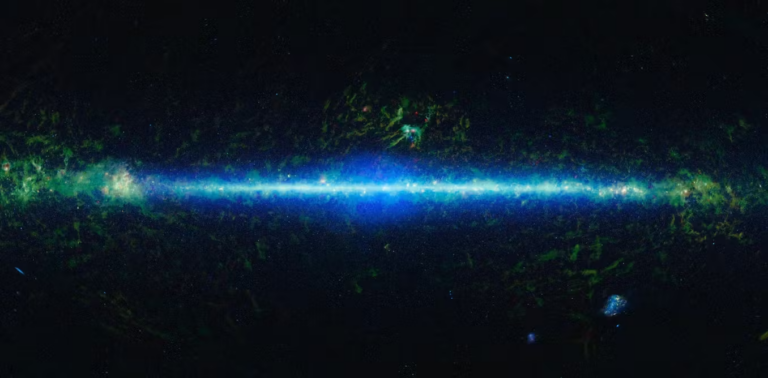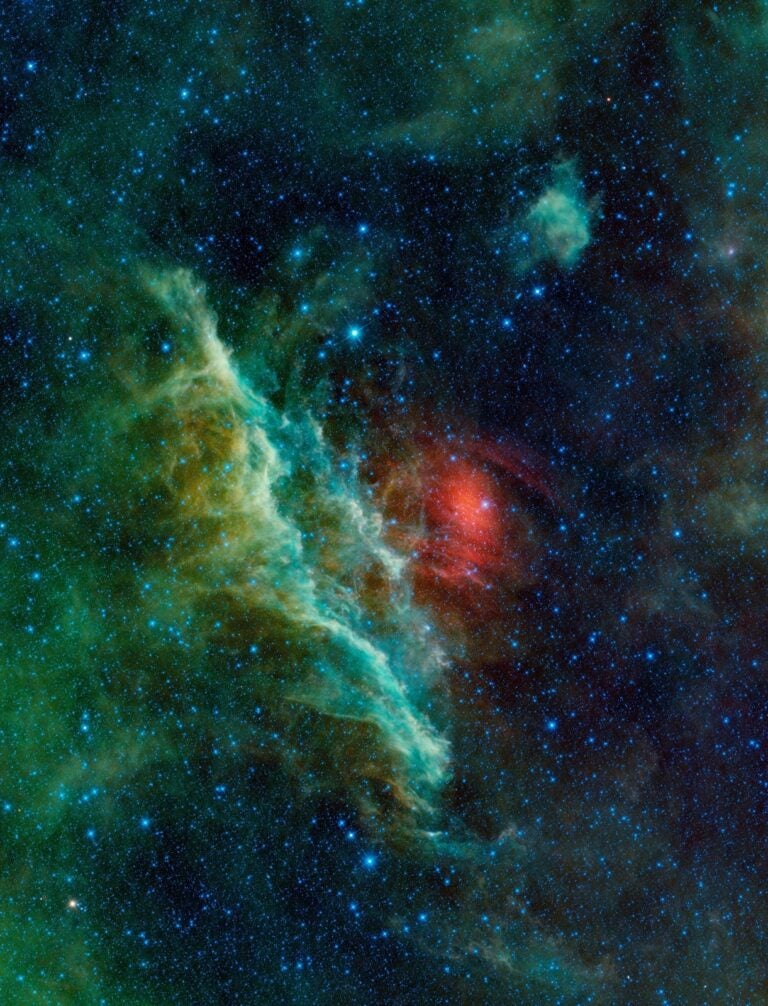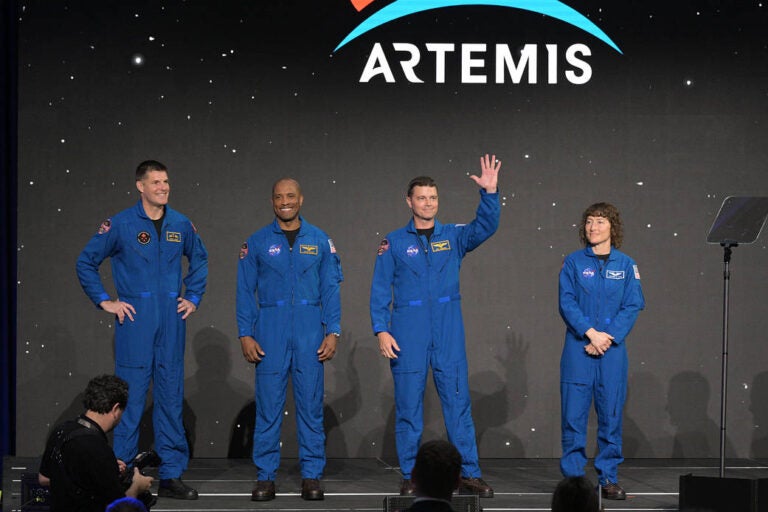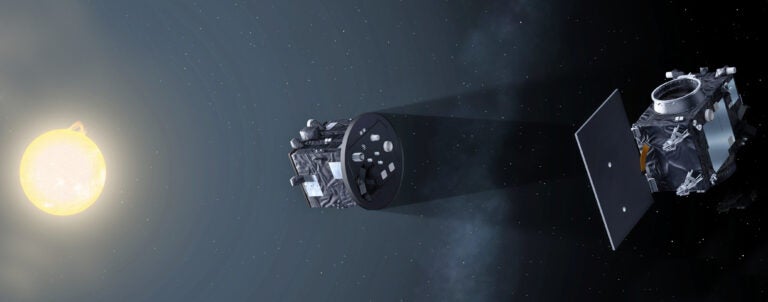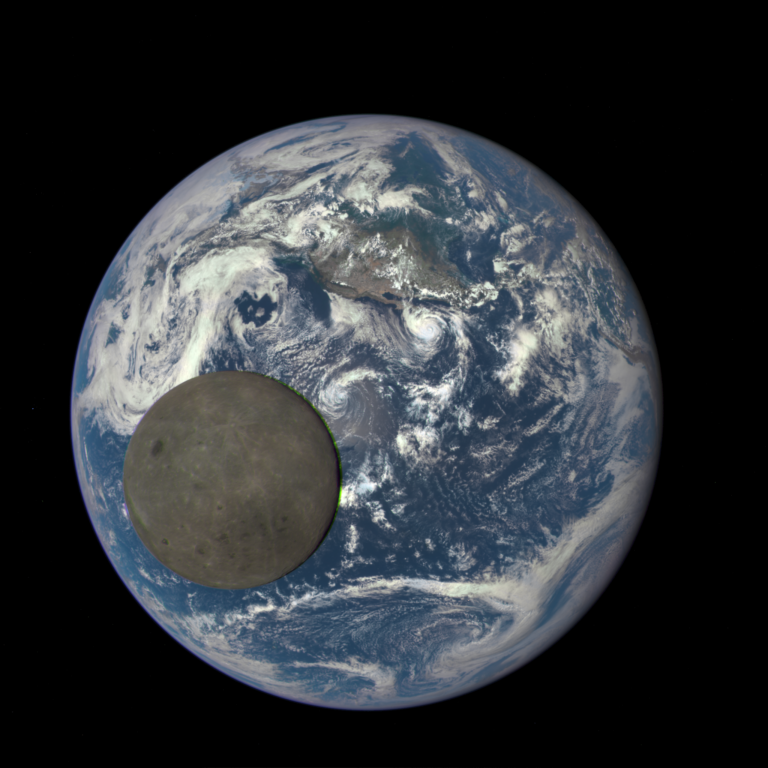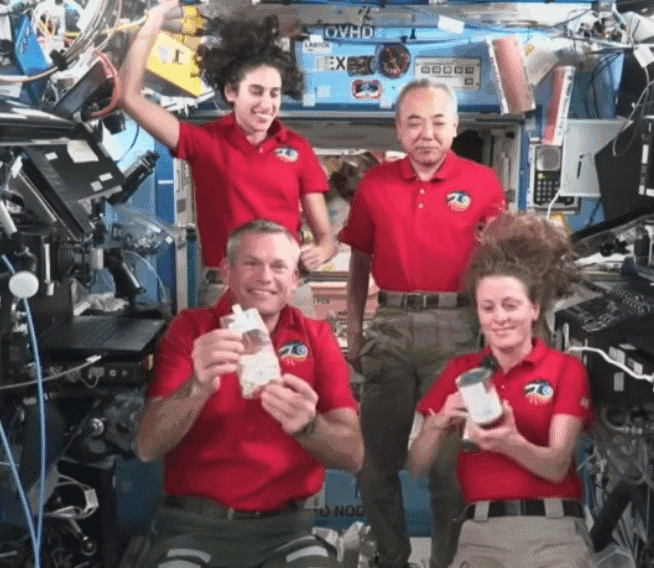The images were taken with ISRO’s Mars Orbiter’s Mars Colour Camera (MCC), which Lakdawalla explains in her blog is different from other Mars cameras.
She said in the post, “MCC is different from most recent Mars cameras in that it has a very wide field of view, designed so that it is capable of imaging all of Mars’ disk when the spacecraft is near the apoapsis of its highly elliptical orbit.”
The camera’s specialty isn’t high-resolution pictures, but colorful, regional shots of Mars from orbit. These images can serve as context for pictures from other missions that are more detailed, but have a much smaller focus.
The Mars Orbiter Mission (MOM) is a space probe launched by ISRO back in November 2013 and has been orbiting Mars since September 2014. The mission is a technology demonstrator and will be used for developing technology for interplanetary missions. The first year’s worth of mission data from MOM, up to September 17, 2015, was released last week.
She explains that the detector of the camera is 2048 pixels square, making it great for printing.
Many of these images were previously released, but were colored poorly or stretched so much that parts of the images were distorted. Lakdawalla’s processing came out to have realistic coloring and sizing.
After October 2014, ISRO switched to taking high-resolution pictures closer to the planet instead of global views. Lakdawalla said in her blog the view is broad yet but it’s a good thing because “it means MCC can encompass all of some rather large geologic terrains in a single field.
Lakdawalla posted her entire process, along with her updated images, on her blog.

